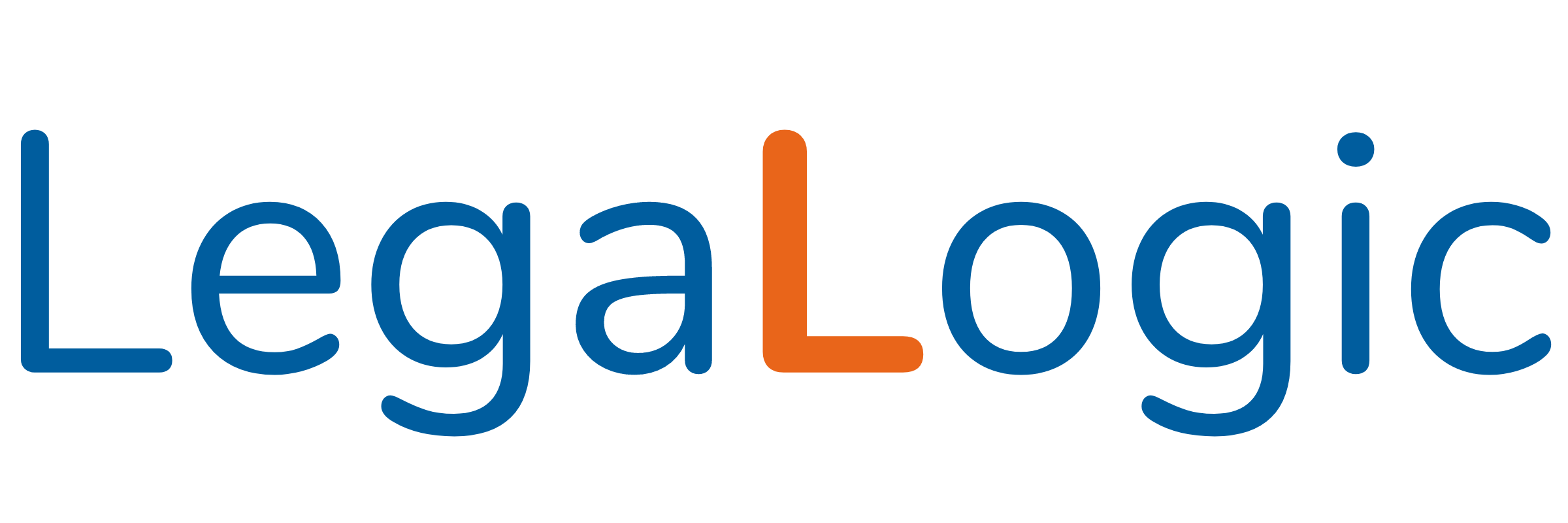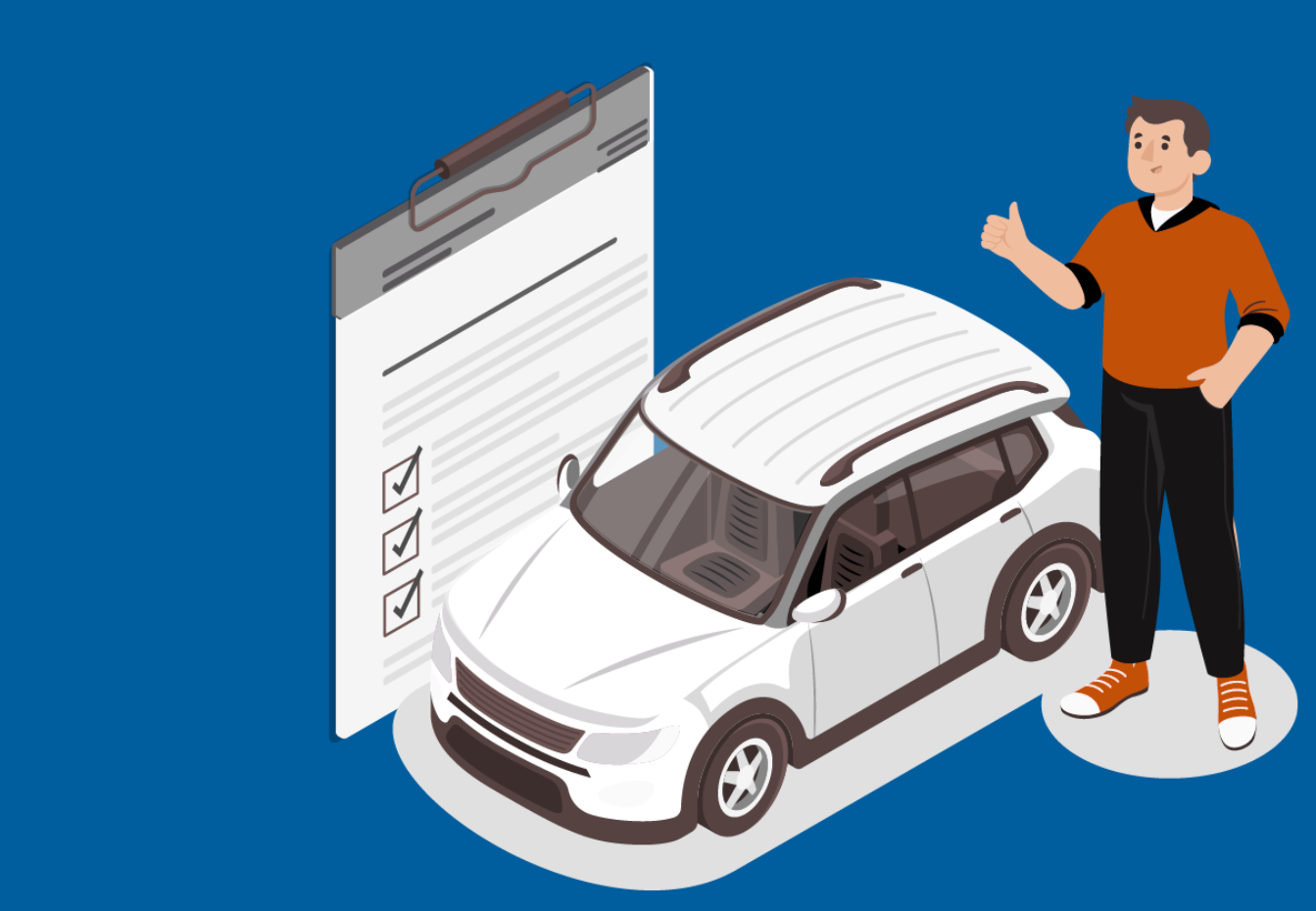Intellectual Property Newsletter – Navigating Innovation: IP Protection for Car Features : June 2025
Introduction to IP Protection of Car Features
The automobile industry has rapidly emerged as one of the fastest-growing sectors today. Numerous companies have joined the race to develop and innovate new technologies and advancements for their products. Features serve as creative tools that enable users to complete tasks with ease and efficiency. Every car company strives to design innovative features to attract a broad customer base and entrusts the old users by enhancing the user experience. At this stage, intellectual property plays a crucial role in safeguarding innovative car features, designs, algorithms, and other creative elements. Thus, IP has secured its position as a shield in the automotive industry by protecting the auto companies form IP threats.
Importance of IP Protection for Car features in Automotive Industry
Features serve as a distinguishing factor that sets a company’s product apart from others in the market. Consequently, IP protection of these features becomes a necessity for companies that hold significant brand value. Safeguarding a distinctive or unique idea or creation is essential in the field where there are numerous tech-giant auto companies thriving to innovate new technologies so as to conquer the auto world. Intellectual Property Law functions as a shield, playing a vital role in protecting creations from threats such as misuse and damage to a company’s goodwill.
Increase in the advancing technological developments and environmental sustainability, the Electric Vehicle (EV) sector has emerged as a flourishing industry, enriching the auto market with various features and upgrades. Due to the rapid rise in available options in the market, securing new innovative creations has become imperative to reduce the occurrence of IP disputes and litigations.
Nexus between Intellectual Property and Automotive Industry
Intellectual Property is a branch of law that safeguards an individual’s creation, whether tangible or intangible. It encompasses various statutes and legislations designed to protect a person’s innovation, ensuring secure usage and preserving the goodwill of the product or creation in the market. Each statute offers distinct protection based on the nature and characteristics of the innovation. It provides with the legal framework that protects various aspects in the field of auto world;
- Designs – Safeguard the unique aesthetics of a car, including both registered and unregistered designs of a car. Each design is protected as per the model or variant of the car.
- Patents – Provides the owner the absolute right to alienate other competitors from using the creation, thus it protects innovative technologies like engine designs, safety features, fuel efficient technology and so on.
- Copyrights – It cover protection of creative elements like infotainment system designs, sketches, designs, user manuals…etc.
- Trade secrets – Protect confidential information about manufacturing processes, proprietary materials and other secretive tools and elements that a company uses to upgrade their product and services.
- Trademark – It safeguards the brand name, wordmark, device mark, model names, logos, slogans, and unique design features of the vehicle and innovative components.
To secure car features through IP provisions, automotive companies utilize patents, designs, copyrights, and trade secrets. Major auto manufacturers such as Tata, Mercedes, BMW, Mahindra, and Ford are actively competing to create and innovate new technologies, enhancing their brand value and market dominance.
Notably, Mahindra & Mahindra has emerged as a leading Indian auto company with an extensive use of IP protection, setting a record of 674 patents in FY24, the highest in the automotive industry. Volkswagen and Škoda, the German auto companies are termed to be tech-giant auto companies in the auto world dominating in the technology and features.
Application of IP to Protect Car Features
Now, let’s delve deeper into understanding how car features are safeguarded by the IP shield. Features encompass various tools, components, technologies, and functionalities that enhance a product’s characteristics. In the automotive industry, features serve as key factors in determining the price or market value of a vehicle. Features main purpose is to improve the performance, safety, comfort, and convenience of the users. Auto companies continuously are trying to enhance and upgrade their vehicles/cars by introducing new features and technologies at cost effective prices. Thus, protection of such innovations has become essential in this rapidly evolving field comprising of multiple competitors.
Some of the IP statues and legislation that provides the auto companies to secure and protect their innovative car features and technologies are enlisted below;
Design is an Intellectual Property (IP), that protects the visual and aesthetic aspects of a creation and innovation empowering the creators with the right to prevent unauthorized copying or imitation of their work. In the auto world, designs paly the most vital role in enhancing a car’s looks and appearance thus registration under design is essential to secure the key stylistic and ergonomic look of the car so as to enhancing the brands’ identity and value in the market by providing a distinctive car in the market.
Following are some of the car features and innovations that can be filed under the Design are:
- Exterior vehicle shape and body design
- Interior layout and ergonomic enhancements
- Dashboard and instrument cluster aesthetics
- Wheel design and aerodynamics
- Headlight and taillight signatures
Jeep Wrangler v. Mahindra (2023)
This case is a recent example of design patent infringement. Fiat Chrysler Automobiles (FCA), the owner of Jeep, challenged Mahindra Automotive’s Roxor 4×4, on the basis of deceptive similarity that Mahindra’s Roxor car consist of similar design as that of the Jeep’s Wrangler car. FCA filed a lawsuit with the US International Trade Commission in Michigan, leading Mahindra to revise its design. The court ultimately concluded that the revised Roxor design was sufficiently different from Jeep’s, thereby allowing its production and distribution in the US.
Trademarks, an IP tool also known to be ‘Brand Identifier’ as its main function is to protect the marks, logos and brand name of the company and distinguish them from the other marks in the market. It protects the company’s Logo, Wordmark, and Device mark. Leading automotive brands like Audi, BMW, Mercedes, and Tata have unique Logos and taglines that differentiate their companies and vehicles from competitors in the market. Other features that are trademarkable are;
- Vehicle model names and badges
- Brand emblems
- Slogans and advertising catchphrases
- Distinctive grille designs and front-end styling
- Signature sounds, such as engine roars or startup chimes
InterGlobe Aviation v. Mahindra Electric Automobile Ltd, DHC – CS(COMM) 1073 / 2024)
InterGlobe Aviation, known as IndiGo, filed a trademark infringement suit against Mahindra Electric Automobile Ltd (MEAL) in the Delhi High Court over the use of the “6E” designation for the car model name “BE 6e.” IndiGo Airlines uses the “6E” mark as its callsign, whereas Mahindra intended to use “6e” for its upcoming EV SUV, “BE 6e.” In the final ruling, the Court permitted Mahindra to use the mark “BE 6” but not “BE 6e.” This case underscores how even a single letter can significantly impact IP protection and influence a company’s goodwill in the market.
Trade secrets refer to a company’s confidential and proprietary information that holds significant value, providing a competitive advantage over industry rivals. Protecting such secrets is crucial, as any exposure can directly impact the company’s economic standing by disrupting production, supply, and distribution. Automotive companies utilize this tool to safeguard their manufacturing processes and supplier strategies, including:
- Manufacturing techniques for lightweight materials
- Battery composition and optimization methods
- Proprietary software algorithms for autonomous driving
- Supplier agreements and strategic partnerships
- Internal research on fuel efficiency and aerodynamics
Karma Automotive LLC v. Lordstown Motors Corp., 8:20-cv-02104 (C.D. Cal.)
This case ranks among the most expensive trade secret infringement lawsuits. Karma Automotive accused Lordstown Motors of misappropriating its in-vehicle entertainment systems and infotainment system design team, leading to the direct theft of trade secrets related to proprietary system code, technical specifications, and design.
Consequently, Lordstown Motors reached a $40 million settlement with Karma Automotive to resolve the dispute. This case underscores the necessity of protecting confidential system designs and sensitive information, as their compromise can result in severe consequences for a company’s operations.
Copyrights, termed to be known as the ‘Right of Exclusivity,’ as it empowers the creator the sole right over their original works such as artistic, literary, musical and so on. It protects creations, artistic works like songs, books, drawings, pictures, poems, and scripts. It also allows the creator to have the exclusive right of distribution and authorisation of giving their works to use for others. Auto world is full of artistic works where the creators of the car try to create and innovate distinctive drawings and sketches so as to attract the car enthusiast. Below are some of the enlisted factors that can be copyrighted:
- Infotainment system interfaces and UI design
- Dashboard display graphics and animations
- Vehicle manuals and instructional content
- Marketing materials, advertisements, and promotional videos
- Unique sound signatures, including engine tones or alert chimes
Land Rover v. Jiangling Motor Co. (2021)
The Chinese Court held Jiangling Motors Co., Ltd. liable for the copyright infringement for using unfairly the copyrighted design of the Land Rover company’s Range Rover Evoque design and manufacturing similar car under the name Lufeng X7. This case highlights the importance of protecting a vehicle’s design and style under IP protection. Thus, one must protect their work under the IP laws so as to keep their creations away from the threats like unfair practices and prevent harm to their company’s goodwill.
IP protection can be found across the world with different statues and legislation but the main core idea is to protect creators and innovators creation. Regulatory frameworks provide for establishment for institutions like patent offices, trademark laws and other institutes so as to govern the IP law.
Along with auto companies many other corporate companies and MNC’s have been engaged in the practise of forming strategies like litigation, licensing agreements, regulatory compliance and other aspects so as to safeguard their innovations and maintain their integrity in the market.
Conclusion:
In today’s time there have been a massive increase in the auto world where peoples are buying and using cars thus creating a greater demand to the innovative and tech-fully loaded car in the market. This has resulted in the greater completion in the auto sector where the auto companies are racing to introduce their car with unique features and technology. Thus, IP comes into the picture where it provides these competing auto companies the right and service of safeguarding the company’s innovative features and technology in the market by eradicating the threats and unfair practises.
Balancing the legal protection with innovation/creation has become must in the auto world for fostering growth and ensuring fair competitive practises. Due to rise in IP threats and unfair practices in the auto world the auto companies have to borne excessive expenses for IP litigation thus, to overcome such issue the companies must strategically manage their portfolio of innovation and creation of new technologies so as to mitigate their expenses and use it to maximize their technological investments.
About Us:
LegaLogic (www.legalogic.com) is a full-service law firm with more than 100 people team. Founded in 2013, LegaLogic has been advising across industry segments. It is a go-to firm for the Corporate Commercial Matters, M&A, Intellectual Property, Employment Law, Real Estate. Dispute Resolution, Litigation, India Entry Strategy and Private Client Practice. To know more about Intellectual Property Law practices, please write to us at ipr@legalogic.com.
Disclaimer:
This newsletter is for informational purpose only and should not be treated as legal advice or opinion. No part of this newsletter should be considered an advertisement or solicitation of professional services of LegaLogic.





